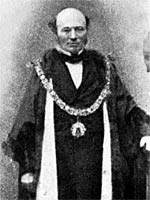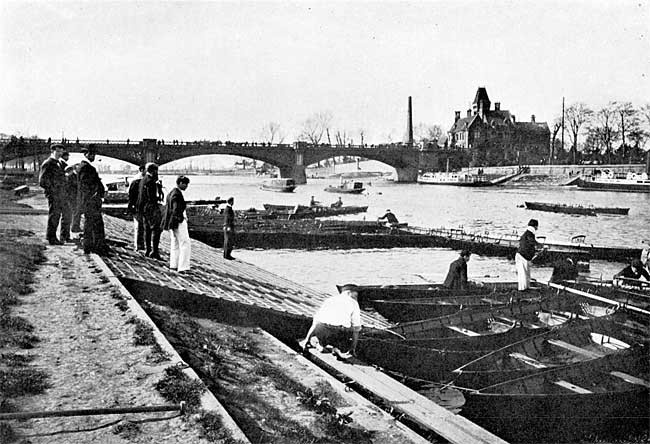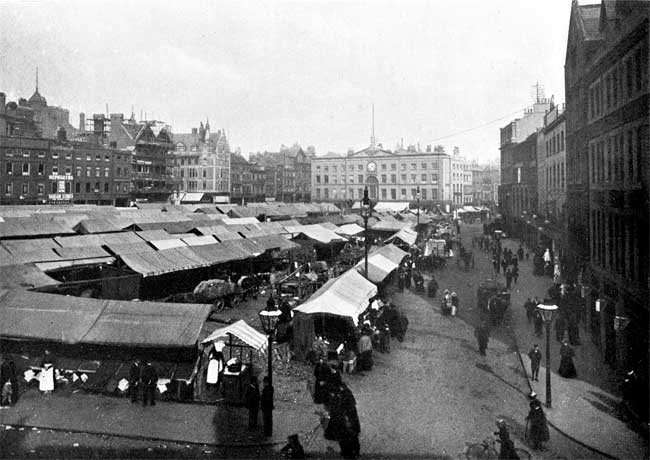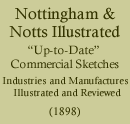< Previous | Contents | Next >

The late Mr. Richd. Birkin, Mayor of Nottingham 1849, 1855, 1861, and 1862.
Taking the more salient features of this progress in chronological order, we note that the Nottingham Review, which with the Journal is now continued under the title of the Express, made its first appearance on June 3rd, 1808; the Nottingham Subscription Library was established in 1816, and the Gas Company formed in 1818. Consequent upon the outburst of popular feeling on the rejection of the Reform Bill, was a fanatical attack upon Nottingham Castle, which was sacrificed to the fury of the mob; and in 1845 after some sixty years of agitation, the Enclosure Act was passed with the object of relieving the crowded state of the town, which had become a public scandal. The magnificent Cemetery was opened in 1837, the following year of Her Majesty's accession being commemorated by the formation of the Mechanics' Institution; and in 1859 "The Robin Hood Rifles," to this day one of the crack regiments of the auxiliary forces, was raised. The year 1865 saw the opening of the Theatre Royal and an Industrial Exhibition. The Free Library was opened in 1868, and ten years later the Castle was thrown open and the tramway system adopted; and in 1887 the University College was added to the town's public institutions, the opening ceremony being performed by the late Duke of Albany. The Guildhall was opened, and the Morley statue uncovered in 1888; while more recently, in 1890, a Convalescent Home at Skegness for Nottingham patients was erected at a cost of ten thousand pounds by Colonel Sir Charles Seeley.

The Trent at Nottingham.
Broadly speaking, the town proper may be said to radiate from the GREAT Market PLACE, the largest open space possessed by any town in the provinces, from which in every direction branch out populous suburbs, bounded on the south side by the placid and pleasant Trent. Within the borough boundaries are Lenton (where the celebrated Raleigh cycles are produced), Old and New Basford, Hyson Green, Radford, and Sneinton, all seats of important manufactures, to which reference is made in the notices of industrial firms in the latter portion of our work; and there are also Daybrook, with its fine brewery and model laundry; and some three miles distant, Beeston, the home of the world-famous Humber cycle industry.

The Market Place.
This noteworthy survival of customs prevailing in long gone-by days, which furnishes the subject of our illustration, covers an area of upwards of 5½ acres in extent, and is of triangular shape, flanked on either side through its entire length with large and handsome business establishments, whose window displays in tasteful variety and effective arrangement equal those of any emporia in the metropolis or elsewhere. An exceedingly interesting architectural feature of a large proportion of the buildings is that the upper storeys project over the ground-floor shops, and, supported by stone and iron pillars, form a piazza, giving convenient shelter to foot passengers and people marketing, who are thus enabled to transact their business heedless of the elements. On the north side is Long Row—so styled, presumably, from the fact that it is four hundred yards in length, while the opposite side of the irregular triangle is known as South Parade, Beastmarket Hill, Angel Row, and the south side of Chapel Bar.
